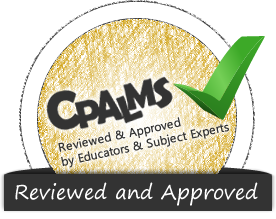General Information
Source and Access Information
Aligned Standards
This vetted resource aligns to concepts or skills in these benchmarks.Suggested Tutorials
Learn how speakers achieve their purpose when delivering a public speech. In this interactive tutorial, you'll learn the difference between the general and specific purpose of a speech. You'll analyze three different choices that speakers make to help achieve their purpose. This includes their choice of hook, or introduction, as well as their use of juxtaposition and allusions. We'll examine the use of these techniques using excerpts from Barack Obama's campaign speech titled "A More Perfect Union."
![Cpalms [Logo]](/images/cpalms_color.png)









